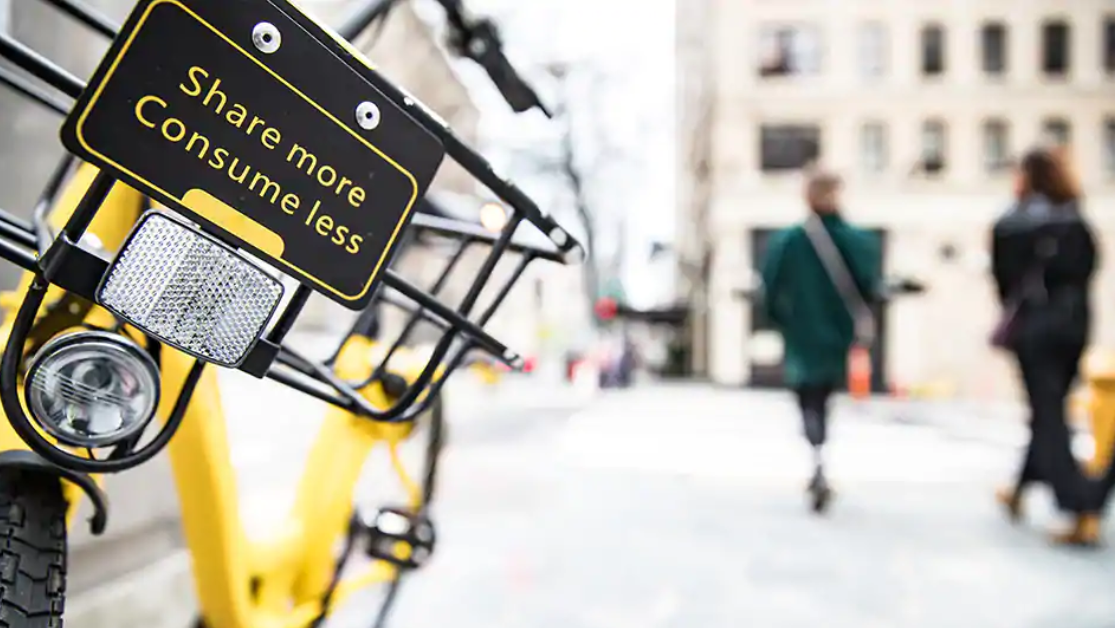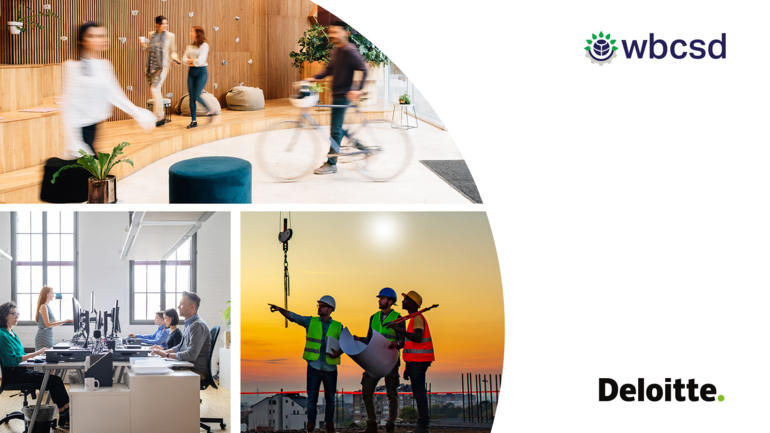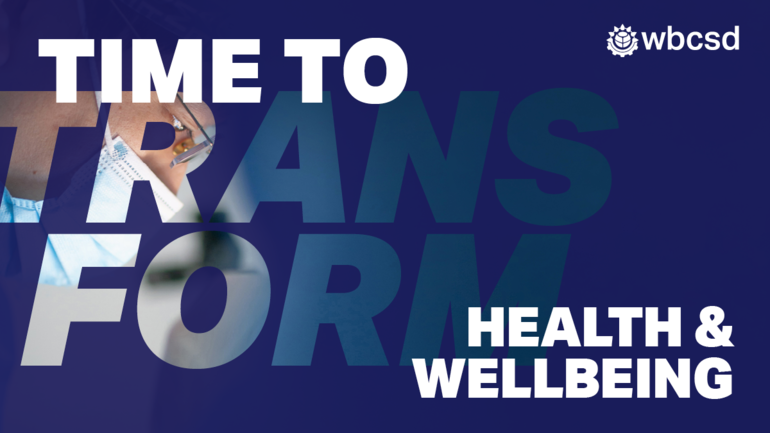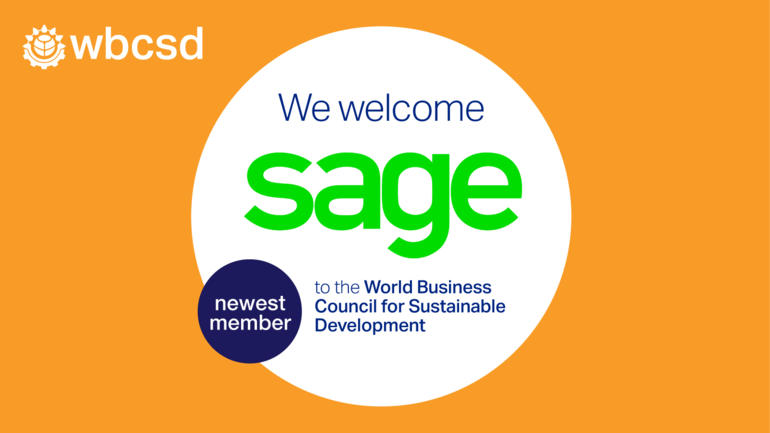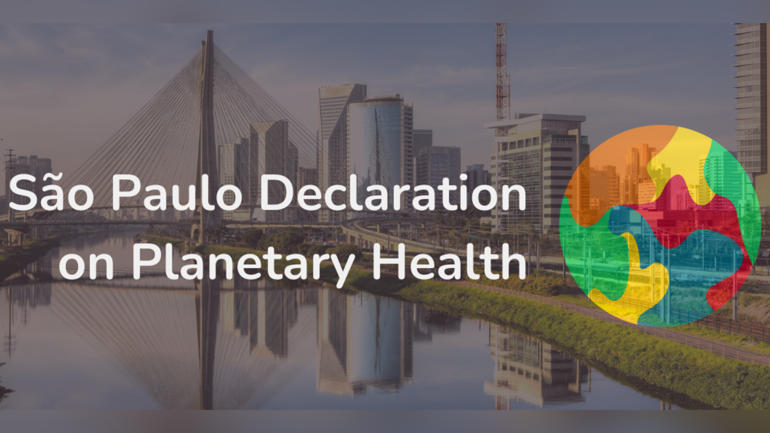When it comes to maintaining or supplying sustainable lifestyles, there’s often finger-pointing about who’s doing it right or wrong. What exactly does a sustainable lifestyle look like nowadays? Is it grocery shopping with reusable bags, composting or drinking with paper straws? Is it ditching the car, living off the grid in a “tiny house” and never traveling on an airplane again? Is it waiting for a utopian future to arrive, where technology, robots and flying cars solve everything? The answers aren’t clear – for people, for businesses or for policymakers.
What is clear, according to expert Julian Hill-Landolt, is that it is extremely hard to live sustainably when you earn a middle-class income, no matter where you are in the world. The infrastructure of people’s lives – the homes they live in, the energy they use, how they get around, the supply chains they rely on, the things it is normal to spend money on – they just don’t add up to a sustainable lifestyle.
Hill-Landolt is the director of the Sustainable Lifestyles work at the Geneva-based World Business Council for Sustainable Development (WBCSD), an NGO that brings together 200 multinational companies to work on sustainable development challenges.
Browbeating people into a more rigorous sustainable living doesn’t work, says Hill-Landolt, listing the typical barrage: you should drive less, you should fly less, you should live in a smaller house, you should change your diet. We tell people that the only way they can live sustainably is to give things up.
Mindset shift
“Until companies actually make it possible for people to live more sustainably, why should people give up any of the things they are currently doing?” Hill-Landolt asks rhetorically, continuing “but we do see shifts in society: We see people who are searching out changes to their lifestyles – to their diets, to their homes, to things that they buy. What this means is that there is an opportunity to reframe the idea of a sustainable lifestyle through the lens of living better rather than living with less.”
Sustainable shifts happen when society demands changes, businesses create aspirational products or services that are also profitable, and policymakers implement infrastructure and laws that incentivize their adoption.
The proliferation of electric vehicles didn’t happen solely because “a disruptor came along and made an aspirational electric vehicle,” notes Hill-Landolt. “Battery technology made the cars competitive, charging infrastructure was built and policymakers put a number of incentives in place. The transformation is happening because all of those things came together at the right time.”
From a company perspective, future profits (and future sustainability) will emerge from making better, cleaner, smarter lifestyles possible, and developing the infrastructure and policies that will support the shifts that are needed. For individuals, there are options. Of course, we should be trying to save energy and water, eat more plants and less meat, and use green cleaning products. These actions can improve our own well-being as well as help the environment. In fact, WBCSD helped create a set of "Good Life Goals", outlining some of the personal actions that people can take to help support the UN’s Sustainable Development Goals.
But Hill-Landolt also suggests deeper introspection: Why do I need to work 14 hours a day to afford things I never use? Why do I take 10 three-day holidays a year rather than a three or four-week holiday where I really get to know a new part of the world? How can I learn to enjoy the world that I actually live in? When you aspire to live better rather than live bigger, it’s remarkable how much more sustainable your lifestyle becomes.
This article was published on the website of KONE on 1 July 2019. If you want to know more, please contact Julian Hill-Landolt.

